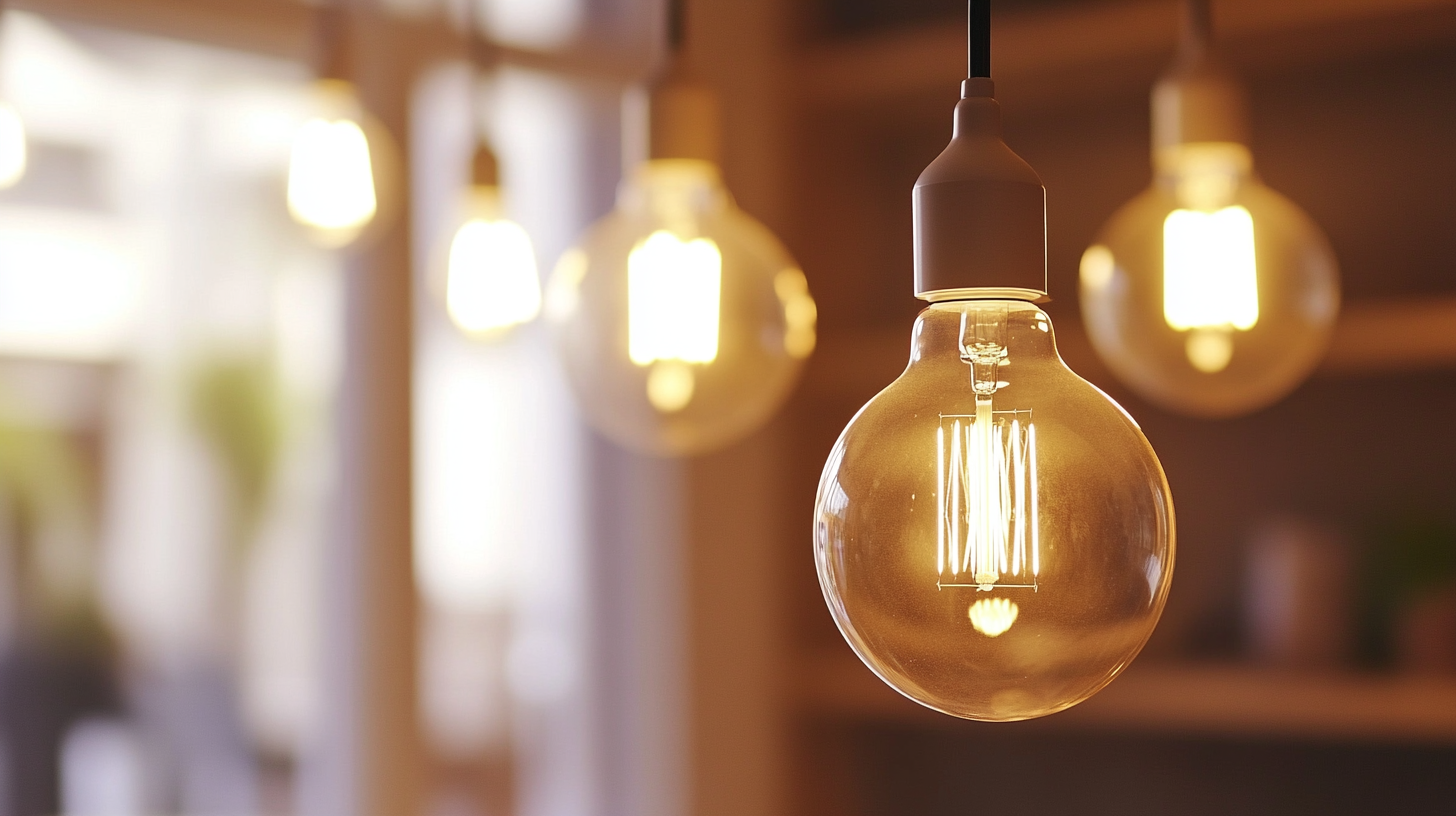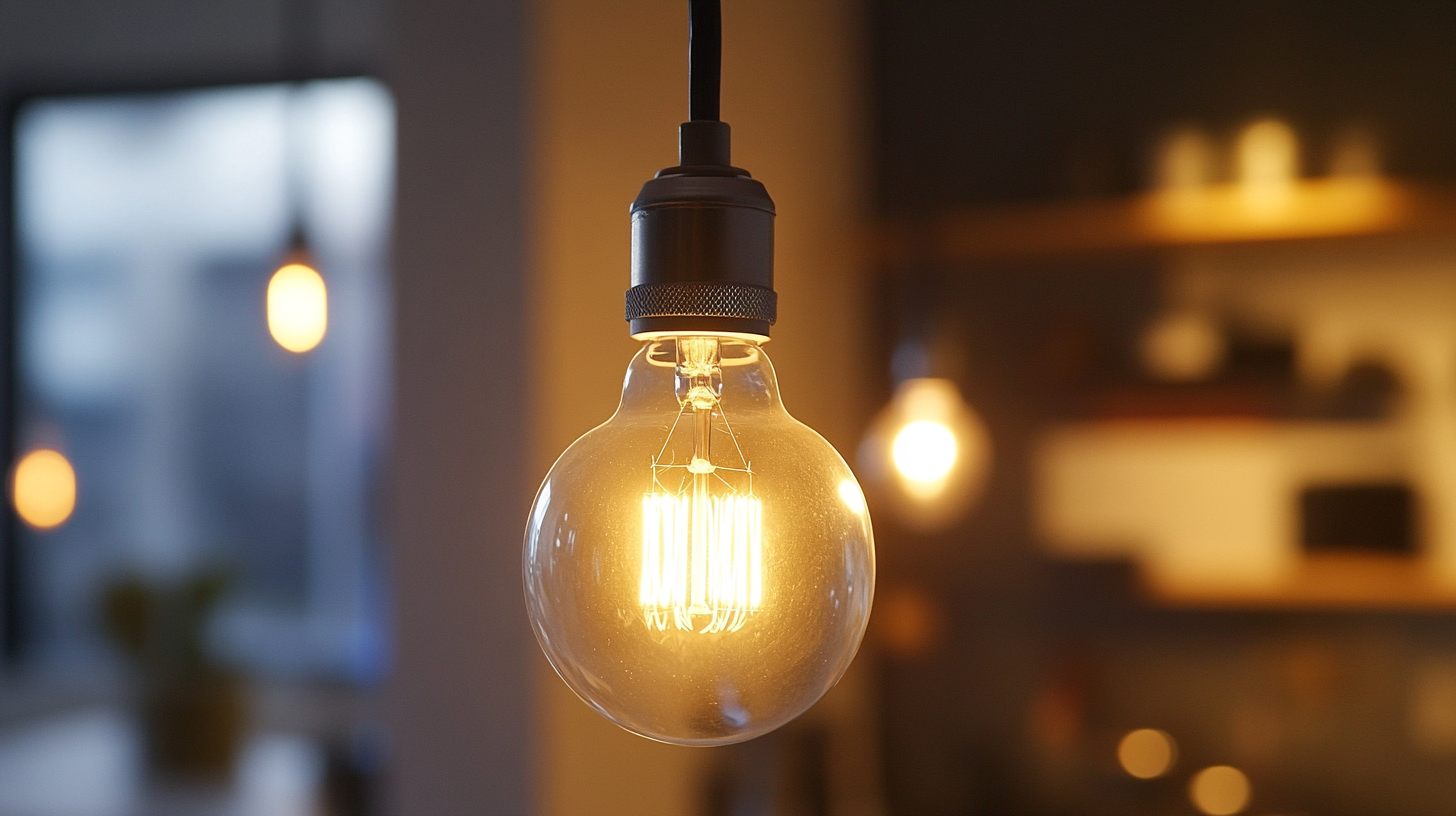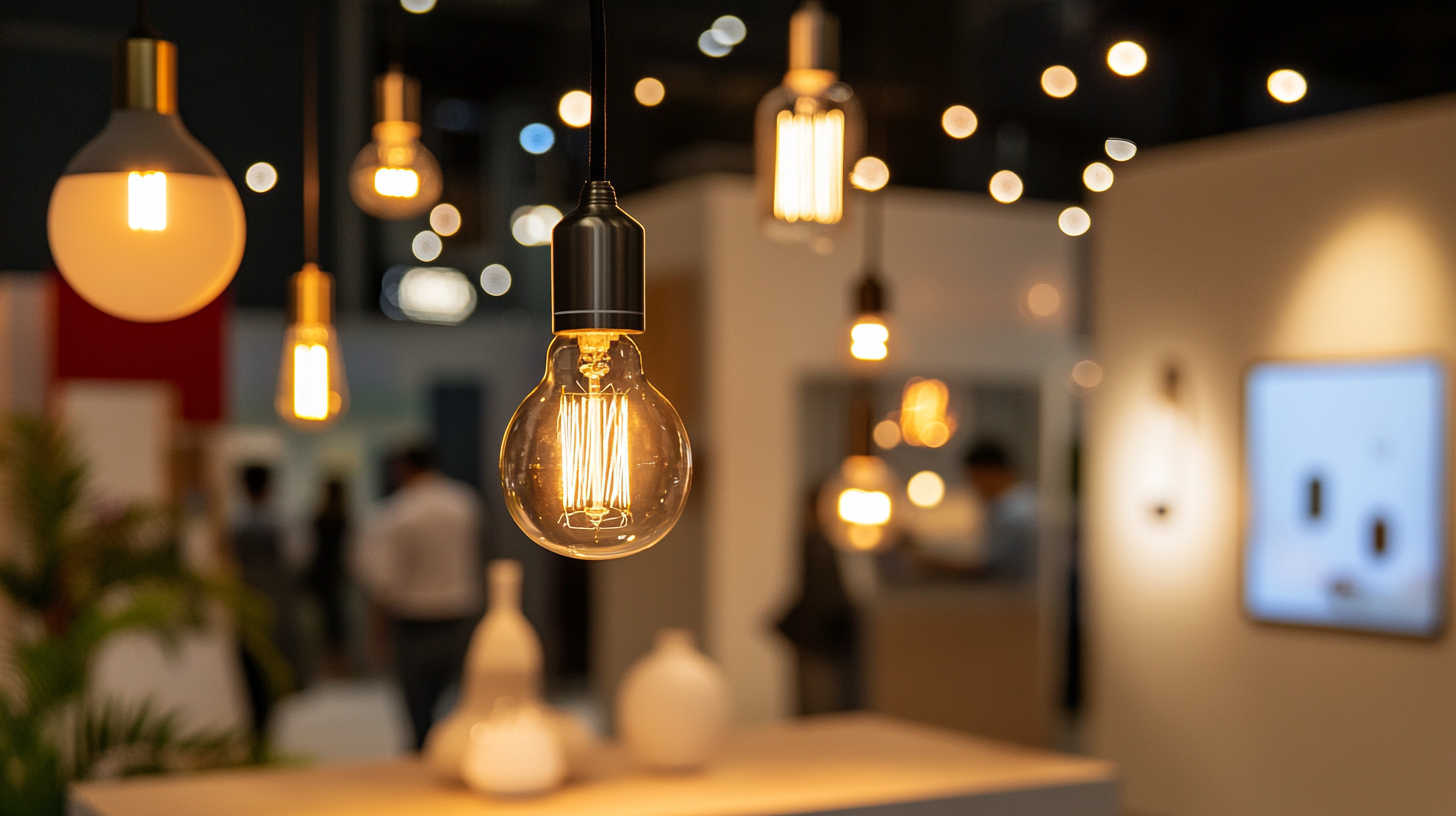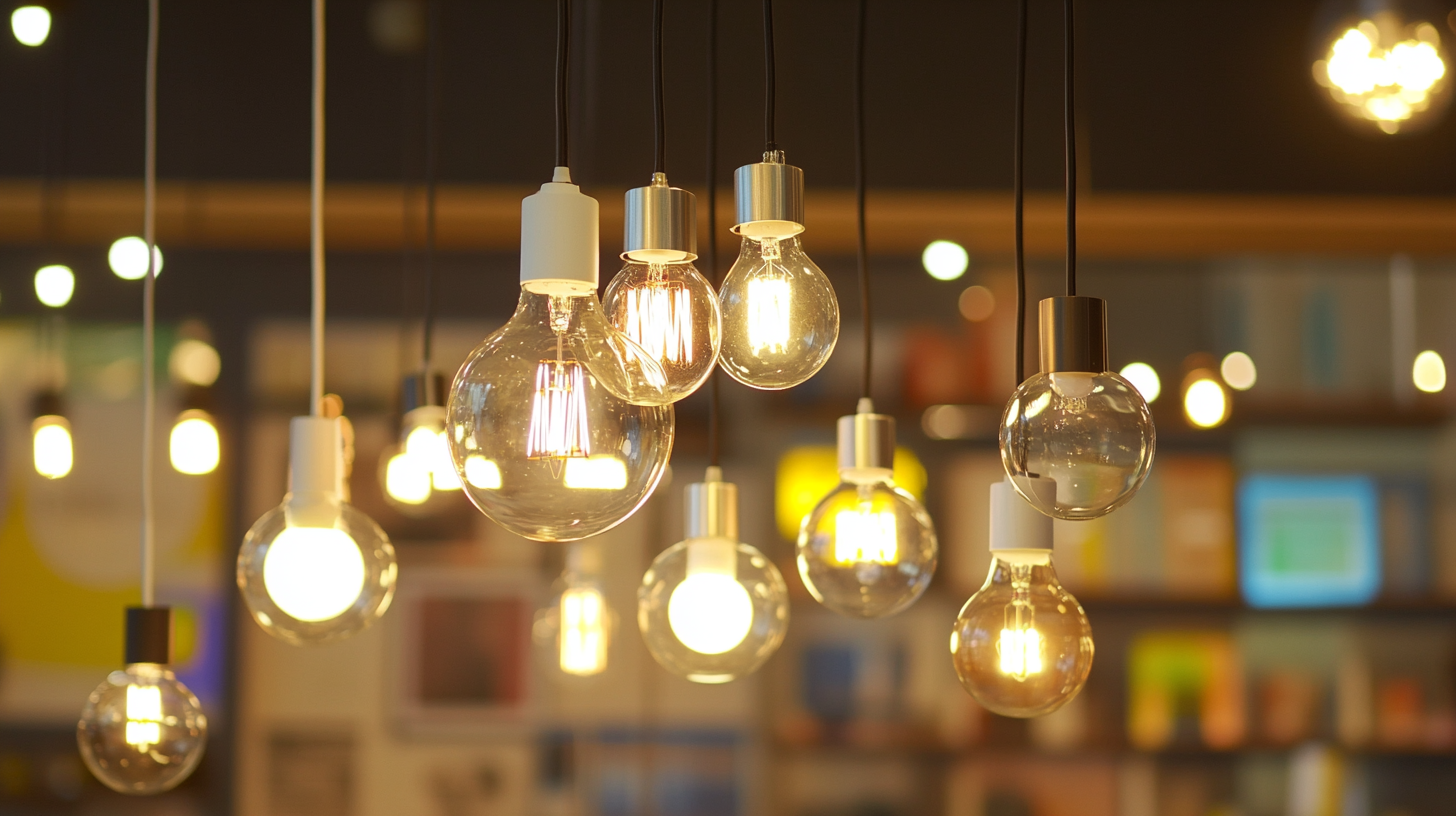2025 Innovations in Smart Lighting Solutions + Key Approaches for Global Buyers
You know, in today’s fast-paced tech world, smart lighting systems are really shining as a game-changer. They’re completely changing the way we light up our homes and offices. Looking ahead to 2025, we can expect some seriously cool advancements. I mean, think about it—these systems will be using AI and IoT to create spaces that adapt to our needs and save energy at the same time. It’s all about sustainability and making user-friendly designs that not only look great but also help us conserve energy. This is going to change the way our cities and homes function, no doubt about it.
More and more people around the globe are catching on to just how powerful smart lighting can be. So, it’s super important for us to get a handle on how to integrate these innovations. In this blog, we’re going to dive into what trends and technologies are setting the stage for smart lighting in the near future. We’ll look at the latest developments, practical uses, and key things that stakeholders need to consider. By hopping on board with these advancements, buyers can boost their efficiency and also meet the rising demand for eco-friendly solutions out there in the market.

Emerging Trends in Smart Lighting Technologies for 2025
Looking ahead to 2025, it’s pretty exciting to see how smart lighting tech is changing, right? All this progress is driven by innovation and our growing need for more energy-efficient and sustainable solutions. One of the coolest trends we’re seeing is how artificial intelligence (AI) is being woven into lighting systems. Picture this: AI-powered lights that can figure out what you need by analyzing things like environmental data and your personal preferences. They can tweak the brightness and color temperature on their own, giving you that perfect lighting vibe that helps boost your productivity or just makes you feel good at home or at work. And then there’s the whole Internet of Things (IoT) thing happening in lighting. So, these smart, connected lights let you control them remotely through your smartphone or smart home setup. Plus, they gather useful data to help manage energy use better. By tracking how you use light, you can really dial back on energy waste. Even cooler, they have sensors that pick up when someone's around or how much natural light is coming in, making things even more efficient—only using energy when it’s needed. Sustainability is a big deal too, and it’s really at the heart of these smart lighting innovations. More and more consumers care about their environmental footprint, and manufacturers are taking note. They're rolling out LED lighting options that last longer and consume less energy—a win-win! On top of that, we’re seeing some neat advancements with solar-powered smart lights, which are helping to make our cities greener. This isn’t just about following regulations; it’s also about pleasing those of us who are all about eco-friendly choices when we shop.

Energy Efficiency Metrics: How Smart Lighting Can Reduce Costs
You know, smart lighting solutions are really about to change the game when it comes to measuring energy efficiency in buildings. It’s not just about saving some cash; it’s also about being more sustainable, which is super important these days. The global lighting market is huge — around $83.6 billion! And guess what? It’s only going to keep growing. From 2025 to 2034, the smart lighting market is projected to soar with a compound annual growth rate (CAGR) of over 19.3%. This growth is fueled mostly by urbanization trends and the push for smarter cities.
What’s really cool about these smart lighting innovations is that they do more than just look good; they use IoT devices that monitor and adjust energy use in real time. This means buildings can actually optimize how much energy they consume based on how many people are around and how much natural light is coming in. Talk about cutting down on waste! And since energy prices keep going up, adopting these technologies isn’t just about saving money — it’s also about running a more efficient operation.
There’s a growing appetite for smart buildings, which really shows that we’re serious about sustainable development. It’s all about using advanced tech to not only save costs in the long run but also tackle some of the pressing environmental issues we face.
So, investing in smart lighting solutions is definitely a smart move for global buyers looking to boost their energy efficiency stats. By keeping up with the latest trends, organizations can lower their utility bills and help create greener, more sustainable communities. And as we head into 2025 and beyond, you can bet that integrating smart lighting into our cities will be crucial for balancing environmental stewardship with economic viability.

Integration of IoT in Smart Lighting Solutions for Enhanced User Experience
You know, the whole Internet of Things (IoT) thing is really shaking up the world of smart lighting! It’s amazing how it’s changing the way we interact with our surroundings. A report by MarketsandMarkets even suggests that the global smart lighting market could hit an incredible $26.1 billion by 2025, and a big chunk of that growth is thanks to IoT. By hooking up lighting systems to the internet, companies can give us real-time monitoring, control, and automation. It’s all about making things more efficient and, honestly, just a lot cooler to use.
But it’s not just about being able to switch lights on and off from your phone. Smart lighting systems come packed with some cool features, like figuring out if a room is occupied and adjusting the lights accordingly. According to a study from Navigant Research, commercial smart lighting can save a whopping 75% on energy costs when you add in those IoT-enabled features. That’s not only good for your wallet; it’s helping the environment too by cutting down on energy use.
And let’s not forget about the data from those IoT sensors. They can actually give us insights into how people behave and what they like. This means we can customize our lighting experience — like having the lights change based on whether it’s morning, afternoon, or some special occasion. As more people get on the smart tech bandwagon, the demand for these IoT lighting solutions is really heating up, making them a solid investment for the cities of tomorrow. Plus, with all the cool advancements in AI and machine learning, the possibilities for smarter, more responsive lighting systems are just endless. It’s all leading us towards a future that’s more connected and automated, and honestly, it’s an exciting ride ahead!

Key Considerations for Global Buyers: Compliance and Standards
You know, as global markets keep changing, it’s becoming super clear for buyers just how important compliance and standards are when it comes to smart lighting solutions. I mean, when you dive into these innovative technologies, there’s usually a bunch of regulations that differ from one region to another. So, it’s really vital for international buyers to stay in the loop about those local compliance requirements.
Look at what's been happening lately—like the big leap in exports from small and medium businesses in Abu Dhabi. It’s a good reminder that buyers should really take some time to check out their suppliers. Building relationships with verified manufacturers means they’re not just delivering cool products, but they’re also sticking to international standards too. That’s especially important now with all the environmental chatter, as carbon compensation mechanisms are picking up steam. Buyers really ought to know how their suppliers can chip in on carbon offsetting efforts; it can seriously boost their sustainability game.
And, with platforms like Temu taking Europe by storm, keeping an eye on VAT compliance has never been this crucial for folks in the smart lighting space. Taking a proactive stance to get the hang of those cross-border regulations can really open up new market opportunities while helping to dodge the headaches that come with non-compliance. As the smart lighting industry keeps evolving, making sure to stick to these standards will be super key for navigating successful global purchasing strategies.
Exploring Aesthetic Innovations in Smart Lighting Design and Functionality
You know, the whole smart lighting thing is really about to take a big step forward. We’re seeing some amazing new designs that not only look good but also serve a real purpose. A recent report from Grand View Research points out that the global smart lighting market is projected to hit around 75.8 billion dollars by 2025, which is pretty wild! That’s a compound annual growth rate of 24.6%, showing just how much people are leaning towards lighting solutions that not only brighten up a room but also really amp up its style.
These days, innovative designs are all about dynamic and customizable lighting that can totally shift with your mood or activity. For instance, some companies are rolling out smart bulbs that can create millions of colors! Seriously, it’s like you can set the vibe in your space with just a few taps. Plus, a recent study from MarketsandMarkets highlights that when you throw in the Internet of Things (IoT) into the mix, we’re looking at a big chunk of that growth. It’s cool to see how technology and design are coming together!
What's great is that sustainability is also taking a front seat in the world of smart lighting. We’re seeing energy-efficient LEDs paired with smart controls that really optimize energy use without losing style points. The International Energy Agency (IEA) even noted that smart lighting systems can cut energy consumption by up to 75% compared to the old-school setups. This is a win-win: it appeals to eco-conscious folks and fits nicely with the industry’s push toward being more sustainable. In short, it’s all about fusing style and practicality in a way that makes modern spaces even more livable.






